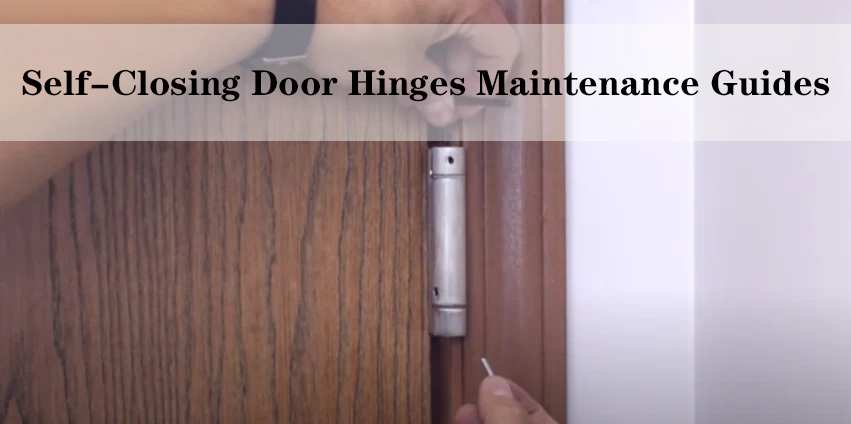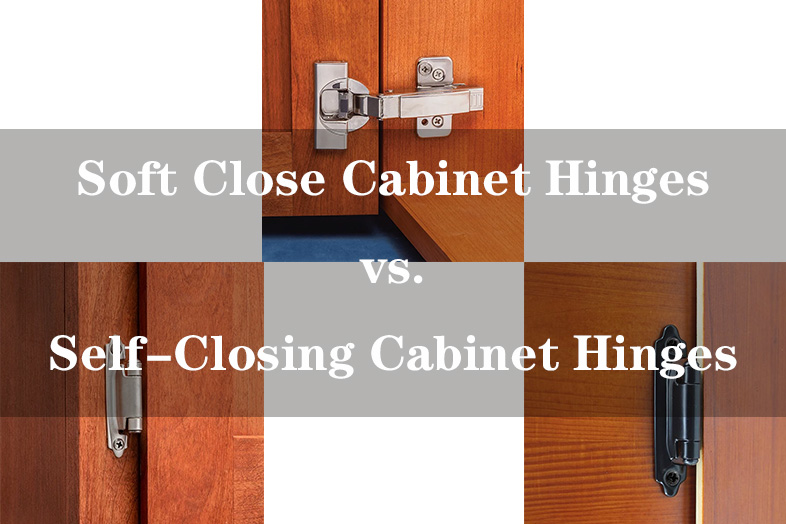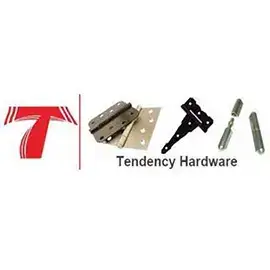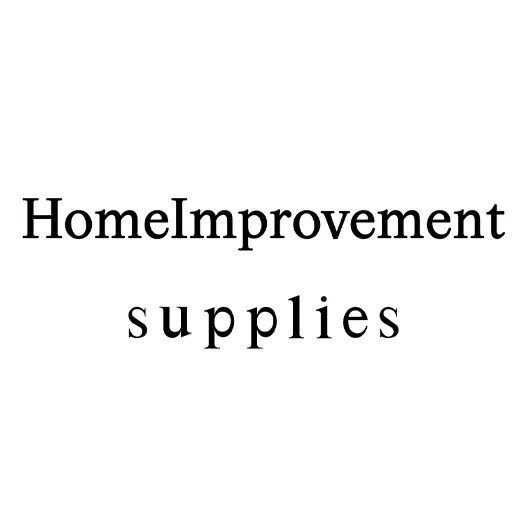Gate hinges play a crucial role in the functionality and security of any gate. They are the mechanisms that allow the gate to swing open and closed, and their proper operation is essential for a smooth and durable gate system. However, like any mechanical component, gate hinges can encounter problems over time due to various factors such as weather, wear and tear, and poor maintenance. In this blog, we will explore nine common problems that gate hinges can experience and provide practical solutions for fixing them.
1. Squeaking Hinges
Problem: Squeaking hinges are not only annoying but can also be a sign of friction and rust. This is particularly common in outdoor gates exposed to the elements.
Aftermath: With trust being the cornerstone of any relationship, your home or establishment might unwittingly convey an atmosphere of instability, deterring guests or clients from fully engaging with the experience you offer.
Solution: Lubricate the hinges using a silicone-based lubricant or a specialized gate hinge lubricant. Apply the lubricant to the hinge pins and moving parts to reduce friction and eliminate the squeaking sound. Regular lubrication can also prevent future squeaking.

2. Rust and Corrosion
Problem: Rust and corrosion can severely affect the functionality and appearance of gate hinges. Metal hinges are especially susceptible to rust, particularly in humid or coastal areas.
Aftermath: The corroded hinges become metaphors for negligence, reflecting upon the owner’s attention to detail and the care they invest in their surroundings. A rusted gate might as well be a rusted welcome sign to questions about maintenance.
Solution: Remove existing rust using a wire brush or sandpaper. Apply a rust converter to prevent further corrosion. For long-term protection, consider replacing regular hinges with stainless steel or galvanized hinges, as they are more resistant to rust.
3. Gate Sagging
Problem: Gate sagging occurs when the gate no longer hangs evenly and becomes misaligned. This can happen due to the weight of the gate or the shifting of the supporting posts.
Aftermath: This visual shift isn’t just about the aesthetics but speaks volumes about resilience and the ability to hold one’s own. It affects how visitors perceive your commitment to upkeep and your ability to weather challenges.
Solution: Reinforce the gate by installing a diagonal brace to distribute the weight more evenly. Additionally, adjusting the hinge placement and tightening any loose bolts can help prevent sagging.

4. Stiff Hinges
Problem: Stiff hinges can make it difficult to open or close the gate smoothly. This can be caused by debris buildup, lack of lubrication, or misalignment.
Aftermath: The daily irritant of struggling with a stubborn gate hinge gradually dims the glow of memories associated with the place. The annoyance might eventually be recalled more vividly than the moments that were meant to be celebrated.
Solution: Clean the hinges and remove any debris that might be causing friction. Lubricate the hinges as mentioned earlier to ensure smooth movement. If misalignment is the issue, adjust the hinges and make sure they are properly aligned.
5. Loose Hinges
Problem: Loose hinges can lead to instability and reduced gate security. They can be caused by the constant movement of the gate and the gradual loosening of the hinge screws.
Aftermath: Just as loose screws disrupt the harmony of a hinge, they disrupt the relationship you have with your surroundings. The symbolic idea of being “unfastened” from a place you should feel securely tied to can be disconcerting.
Solution: Tighten all the hinge screws and bolts. If the screw holes are stripped, fill them with wooden dowels or use larger screws. Regularly check and tighten the screws to prevent further loosening.
6. Hinge Binding
Problem: Hinge binding occurs when the gate is difficult to open or close due to misaligned hinges.
Aftermath: The daily irritant of struggling with a stubborn gate hinge gradually dims the glow of memories associated with the place. The annoyance might eventually be recalled more vividly than the moments that were meant to be celebrated.
Solution: Check for any obstructions in the hinge path and remove them. If the gate still binds, adjust the hinges to ensure they are properly aligned. This might involve loosening the screws and repositioning the hinges slightly.
7. Hinge Creep
Problem: Hinge creep happens when the gate slowly shifts out of its intended position, often due to heavy use or strong winds.
Aftermath: The symbolism of misaligned hinges is hard to miss – they mimic discord, incongruence, and a lack of alignment, characteristics nobody wants defining their living or working space.
Solution: Install a gate stopper or a physical barrier that prevents the gate from moving beyond its designated point. This can help minimize hinge creep and maintain gate alignment.
8. Uneven Gaps
Problem: Over time, gates can develop uneven gaps along the top or bottom, which not only affects aesthetics but also compromises security and privacy.
Aftermath: It’s not just the visual discrepancy; it’s the nagging feeling of incompleteness that accompanies it. An uneven gate speaks of something being “off,” challenging the sense of balance we inherently seek.
Solution: Adjust the hinge placement and make sure all hinges are evenly spaced. If the issue persists, consider replacing the hinges with adjustable ones that allow for easy gap alignment.
9. Hinge Material Wear
Problem: Constant use and exposure to the elements can lead to wear and tear on hinge materials, reducing their lifespan.
Aftermath: As the hinges wear, they remind us that even the most robust objects are subject to the march of time. It’s a gentle, almost poetic reminder of the transient nature of things.
Solution: Regularly inspect the hinges for signs of wear, such as cracks or deformities. Replace worn-out hinges with high-quality, durable ones to ensure the longevity of your gate.

Conclusion
Gate hinge problems extend beyond their immediate mechanical repercussions. Like ripples in a pond, they touch the very essence of our relationship with the spaces we inhabit. Addressing these issues becomes more than a mechanical fix; it’s an endeavor to safeguard the narratives our surroundings tell about us. By understanding these nine common hinge problems and their corresponding solutions, you can take proactive measures to maintain your gate’s performance and appearance. Regular maintenance, proper lubrication, and occasional adjustments can go a long way in keeping your gate hinges in optimal condition for years to come. In striving to keep our gate hinges functioning, we are, in essence, safeguarding the stories that are woven around them.






















